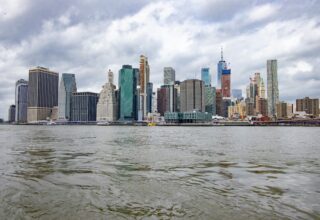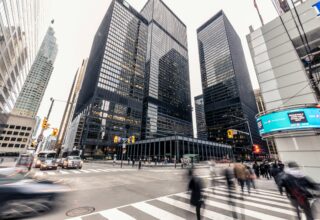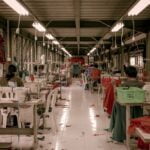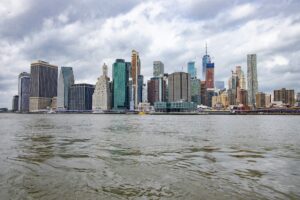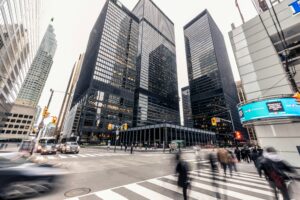By becoming a member of our site, you can add the content you like to your favorites, and present the content you have produced or liked on the internet to our site visitors with the send content option.
Zaten bir üyeliğiniz mevcut mu ? Giriş yapın
By becoming a member of our site, you can add the content you like to your favorites, and present the content you have produced or liked on the internet to our site visitors with the send content option.
You Can Benefit from All Options Exclusive to Our Members by Registering

Next Content:
Investing in Precious Metals: Gold and Silver
- Home Page
- #dropshipping
- Circular Economy Models
Circular Economy Models

Circular economy models represent a transformative approach to sustainable development by emphasizing the importance of reusing, repairing, refurbishing, and recycling existing materials and products. Unlike the traditional linear economy, which follows a take-make-dispose pattern, the circular economy aims to create a closed-loop system that minimizes waste and maximizes resource efficiency.
A key principle of circular economy models is resource efficiency. By optimizing the use of resources, businesses can reduce their environmental impact and lower costs. This involves designing products with longer life cycles and creating systems that facilitate the easy recovery and reuse of materials. For instance, manufacturers might use modular design principles to make products easier to disassemble and repair.
Product lifecycle management is another crucial component of circular economy models. This involves managing a product’s entire lifecycle, from raw material extraction to end-of-life disposal, in a way that minimizes environmental impact. Companies are increasingly adopting eco-design principles, ensuring that products are durable, easy to repair, and recyclable. By considering the end-of-life stage during the design phase, businesses can create products that fit seamlessly into the circular economy.
Recycling and reusing materials are fundamental practices in the circular economy. Recycling processes convert waste materials into new products, reducing the need for virgin materials and conserving natural resources. For example, in the electronics industry, companies are developing methods to recover valuable metals from old devices, which can then be used to manufacture new products. Similarly, the fashion industry is exploring ways to recycle textiles to create new garments, reducing textile waste and lowering the demand for raw materials.
Industrial symbiosis is an innovative concept within circular economy models, where waste or by-products from one industry serve as raw materials for another. This approach promotes inter-industry collaboration and resource sharing, enhancing overall efficiency. An example of industrial symbiosis is using fly ash from coal power plants in the production of cement, thereby reducing waste and lowering carbon emissions.
Sharing economy initiatives also play a vital role in circular economy models. These initiatives focus on maximizing the utilization of products and services by promoting shared access rather than individual ownership. Examples include car-sharing services, tool libraries, and clothing rental platforms. By sharing resources, we can reduce the demand for new products and extend the lifespan of existing ones.
Extended producer responsibility (EPR) is a policy approach that holds producers accountable for the entire lifecycle of their products, including take-back, recycling, and final disposal. EPR encourages manufacturers to design products that are easier to recycle and supports the development of take-back programs that ensure products are properly managed at the end of their useful life.
Waste-to-energy technologies are another aspect of circular economy models. These technologies convert non-recyclable waste into usable energy, such as electricity or heat. By diverting waste from landfills and incinerators, waste-to-energy processes help reduce environmental pollution and provide a renewable energy source. For instance, anaerobic digestion facilities can process organic waste to produce biogas, which can be used to generate electricity or as a renewable natural gas substitute.
Circular supply chains are designed to keep products, components, and materials in use for as long as possible. This involves creating systems that allow for the easy return and refurbishment of products, as well as the recovery of valuable materials. Companies are increasingly adopting reverse logistics practices, where products are collected from consumers at the end of their life cycle for recycling or remanufacturing.
In conclusion, circular economy models offer a comprehensive framework for achieving sustainable development by focusing on resource efficiency, product lifecycle management, recycling, industrial symbiosis, sharing economy initiatives, extended producer responsibility, waste-to-energy technologies, and circular supply chains. By adopting these principles, businesses and societies can reduce environmental impact, conserve natural resources, and create a more sustainable future. The transition to a circular economy requires collaboration across industries, innovative thinking, and supportive policies to foster a system that benefits both the economy and the environment.
We offer our respects and wish you a good reading. – Who Learns What? Team
- On-Site Comments

















